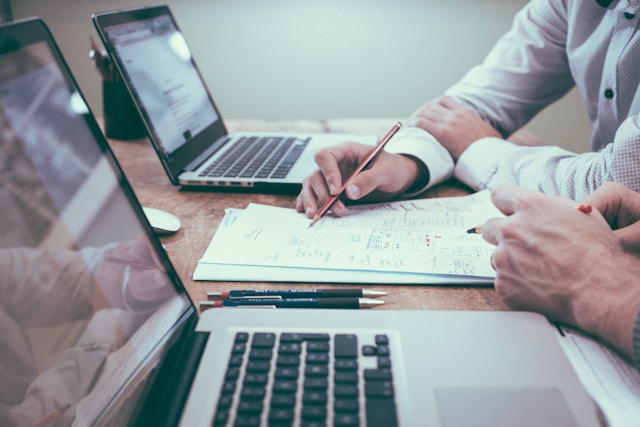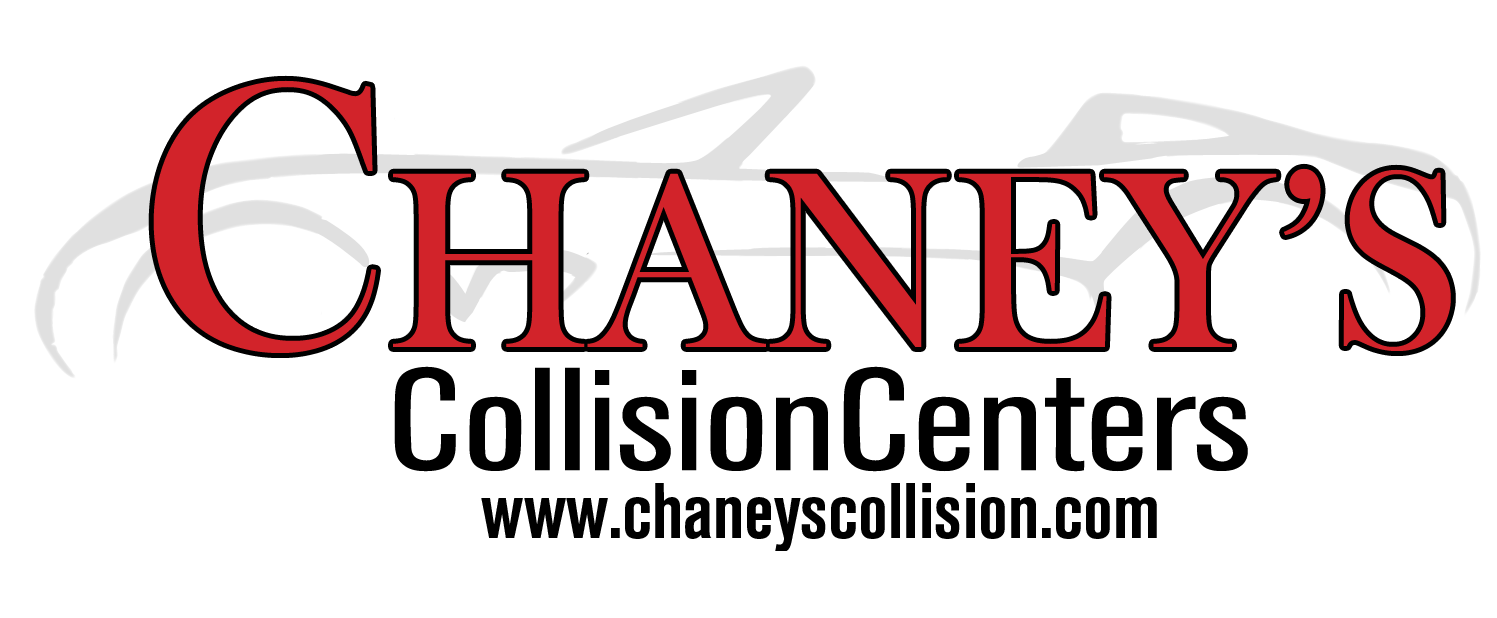How to Deal with Lienholders After Accident Repairs
 When your vehicle is involved in an accident and requires repairs, dealing with insurance can already be stressful. If your car is financed or leased, another layer of complexity is added: working with the lienholder.
When your vehicle is involved in an accident and requires repairs, dealing with insurance can already be stressful. If your car is financed or leased, another layer of complexity is added: working with the lienholder.
At Chaney’s Collision Centers, we understand the importance of smooth communication between you, the insurance company, and the lienholder to ensure your vehicle is restored without unnecessary delays or complications. Here’s a helpful guide on how to navigate this process effectively.
Understanding the Role of a Lienholder
A lienholder is the financial institution or lender that holds an interest in your vehicle until you pay off your loan or lease. Because they technically own the car until full payment, lienholders have a vested interest in protecting their investment. This means they usually have specific rights to monitor and approve repairs after an accident.
Lienholders are typically listed on your insurance policy as a “loss payee,” which means that insurance claim checks related to repairs or total losses often include their name alongside yours. This safeguards their interest, ensuring that funds are used appropriately to maintain or restore the vehicle’s value.
What Happens After an Accident?
Once your insurance company agrees to cover repairs, they generally issue a payment check. If you have a lienholder listed on your policy, this check might be made out jointly to you and the lienholder or directly to the repair shop and lienholder. This is to guarantee that the repair funds are properly channeled.
In situations where your car is repairable (not a total loss), insurance companies often include the repair shop on the check as well, so the lienholder can be confident the vehicle is restored to a safe and good condition that protects their security interest.
Steps to Take When Dealing with Lienholders
Notify the Lienholder of the Accident
It’s important to inform the lienholder about the accident and the need for repairs as soon as possible. Some lenders require notification within a certain window to stay compliant with your loan or lease terms.
Work Closely with Your Repair Shop
At Chaney’s Collision Centers, we often act as a bridge between you, the insurer, and the lienholder. We provide detailed repair estimates and status updates to assure the lienholder that repairs are progressing according to plan. This coordination helps speed up approvals and payments.
Manage the Insurance Check Properly
If you receive a joint check, you’ll typically need to send it to the lienholder for endorsement before it can be cashed or given to the repair facility. This process can take some time, especially if done via mail, so plan accordingly to avoid repair delays.
Provide Documentation of Repairs
Lienholders may request proof that repairs have been completed to their satisfaction. Keep copies of repair receipts, work orders, and inspection reports. Chaney’s Collision Centers ensures thorough documentation and transparent communication, helping you fulfill these requirements smoothly.
What If Your Vehicle Is Totaled?
If your car is declared a total loss, the insurance payout usually goes directly to the lienholder to cover your outstanding loan balance. If the settlement exceeds what you owe, any remaining funds will be sent to you. In some cases, you may negotiate with the lienholder if you want to keep the salvaged vehicle.
Protecting Yourself and Your Investment
- Always maintain adequate insurance coverage as required by your lender.
- Keep open lines of communication with your lienholder after an accident.
- Choose a reputable repair shop like Chaney’s Collision Centers that understands lienholder requirements and can handle the necessary paperwork.
- Avoid spending insurance proceeds on other expenses before repairs are confirmed.
The Chaney’s Collision Centers Commitment
Our team prioritizes making the repair process hassle-free. We work directly with insurance companies and lienholders, ensuring your vehicle receives high-quality repairs while protecting all parties’ interests. You can trust us to keep you informed every step of the way until your car is returned to you safely and looking like new.
Conclusion
Dealing with lienholders after accident repairs doesn’t have to be complicated. By understanding their role, keeping clear communication, and working with experienced professionals like Chaney’s Collision Centers, you can protect your vehicle’s value and ensure a smooth, efficient repair process. Remember, your car’s restoration and your peace of mind are our top priorities. Reach out to us for expert service and guidance whenever you need it.

